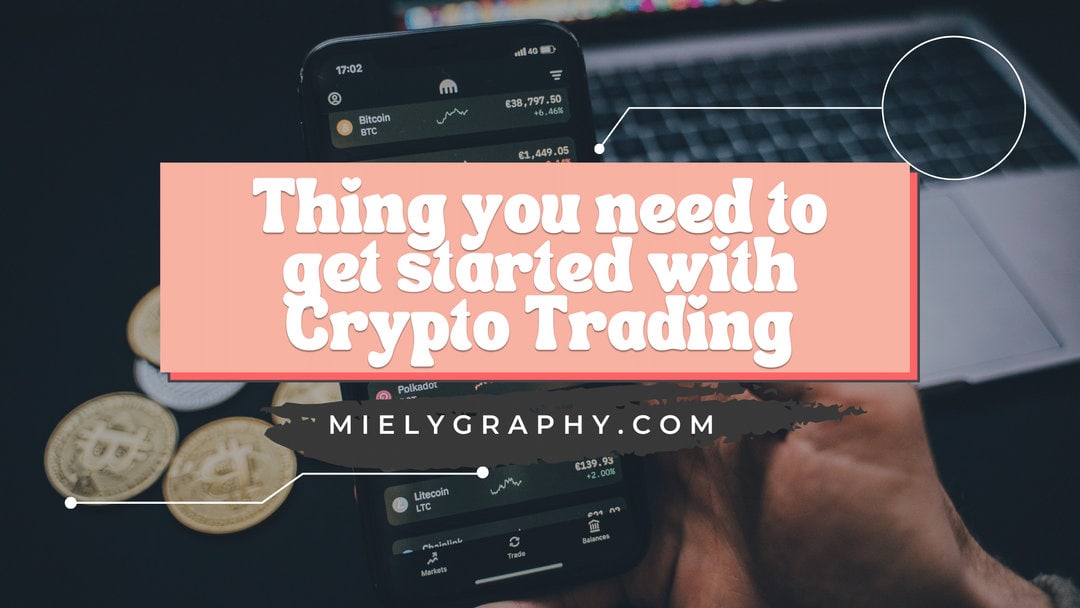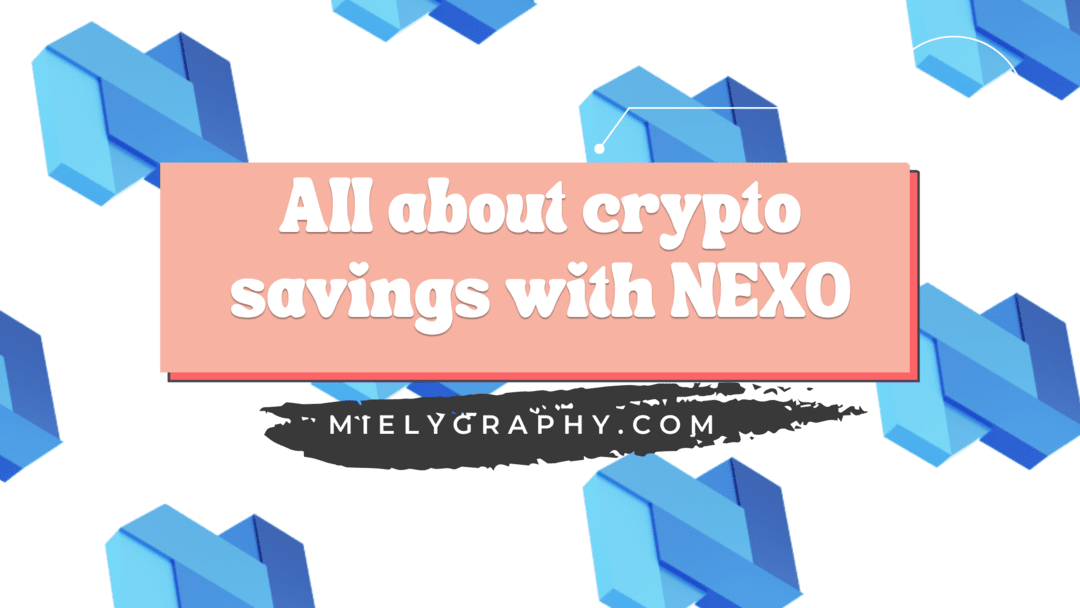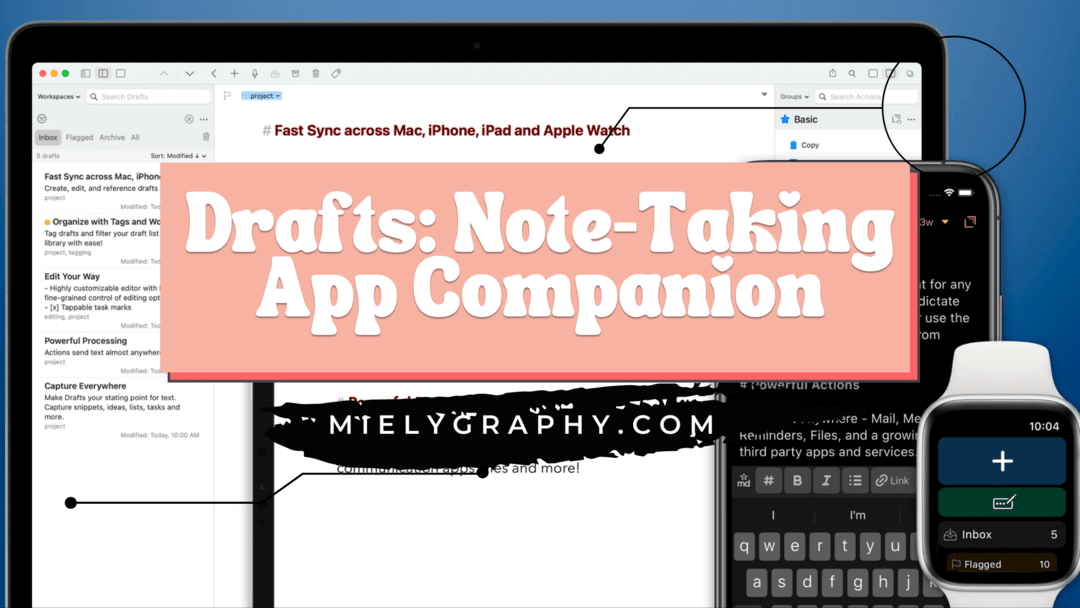Welcome to part 2 of our “How to get started with Cryptocurrency?” series. LOL!
In my last post, I discussed some of the things you need to know about investing in cryptocurrencies. It’s more like setting the expectation before getting into something so if you haven’t seen that post check the link below:
Part 1: How to get started with Cryptocurrency? | Mindset and Goals
Now suppose that you’re ready in facing the challenges of cryptocurrencies. This post is not about reading charts and giving strategies for making decisions. As you know, I’m just a regular person who’s been into crypto for a long time but I’m not a financial advisor or crypto millionaire. I wish I were though hahaha.
So what this is all about?
Get ready to make your first trade!
I mentioned in the previous post that there are a few types of investors in crypto. In this case, we’re talking about retail investors just to be clear. And in this part, we’ll focus on getting started as a crypto trader.
You can start without reading this but I just want to highlight some tools and platforms that you can use to help you with your trading decision.
Payment methods and buying options for cryptocurrencies
In the Philippines, we are limited to 2 or 3 payment methods and it’s growing.
Usually, it’s via card payment and crypto transfers. It’s quite rare to have bank deposits but good thing we have it now with Binance (although it takes some time) and CoinsPH.
It’s always cheaper to use bank deposits on Binance than any other else at least based on my experience. In my older post, I discussed the difference in paying between CoinsPH and Binance so you should check that out if you need further details.
So far, the best bank to use with Binance is UnionBank as it is supported for bank deposits at the same time you get to have a debit card without going to a branch.
How to Open a Personal Bank Account Using Unionbank’s Mobile App
Getting a debit card is necessary when buying crypto because it’s a lot cheaper to use than our local crypto wallets.
But the fees can also apply because most of the exchanges are using USD that’s why you’ll tend to get international transaction fees but it’s just 3$ based on my experience. It’s not ideal for small transactions.
Portfolio for monitoring
Some people may go with creating a spreadsheet to monitor their portfolio and whether they are getting positive or negative PNL(Profit and Loss). I used to create one but I finally found a better tool for that which gives me live updates on how my portfolio is working.
Currently, I’m using two one for regular exchanges like Binance and the other one for DeFi.
Coingecko for Portfolio
In the past, I only use Coingecko for checking prices until I realized that they have a feature where I can create a portfolio. You just have to sign up for an account and go to portfolio.
Pros:
- You can create multiple portfolios, in my case I created Binance, Nexo, BlockFi, PancakeSwap, and Metamask.
- They support multiple fiat currencies to view so you can see your total holdings in PHP without the hassle of converting.
- You can also see there the PNL or your profit and loss if you entered your trades correctly.
Cons:
- They don’t have a transfer feature so the PNL can be messed up if let’s say you transferred out your crypto from Binance to Nexo. In this case, my Binance will have negative PNL if I transfer out and positive PNL when the coin is logged as transfer into Nexo.
As you can see from the photos above, it computes my total loss for that coin, and even though my account is set to PHP, I can log my transactions in USD.
It also has the option to use different currencies on the price per coin and you can set it to the total spent. There are cases in that I buy other crypto using BTC or BNB and the option to change the currency is very useful because it will still tell me whether I’m at a profit or loss.
To use this, just use buy if you bought some crypto. Sell if you cashed it out to pesos. Transfer out if you’re taking the crypto from that portfolio and transfer in if you’re receiving crypto.
That way it can calculate the PNL properly except for the transfer in and out which as I have mentioned can mess up a little bit on the calculation.
Logging transactions can be tedious sometimes but it saves time when checking when it’s time to sell or buy because it already gives you an idea of the current prices and how much you could get from your tokens.
YeildWatch for DeFi staking and liquidity monitoring
YeildWatch is currently limited to Binance Smart Chain and Polygon(they’ve updated this) and only supports limited exchanges but I find it extremely useful.
I use it for PancakeSwap Farms, whenever I join a liquidity pool on DeFi like PancakeSwap, I usually don’t see my pool composition. Whether my tokens are growing or not. Usually, it isn’t visible. But if you connect your wallet address to YieldWatch you will be able to see it.
Currently, I don’t have any liquidity but I have an old screenshot of when I tried it for the first time:
The site usage is free but they have a detailed view for pro users which requires you to buy their token.
DappRadar is kinda similar to both but for DeFi
I know I said I have 2 but it’s 3, I just don’t use this much. It’s kinda similar to both but not that much so here’s why.
DappRadar supports Ethereum and BSC(Binance Smart Chain). They have PNL for the tokens I have on my Extension Wallet but I’m not sure how they calculate it. Maybe they base it on the price from the time the coin arrived in the wallet. Unlike with CoinGecko, you have to enter the price of the token for it to be the basis of your PNL. In DappRadar, I didn’t enter anything yet it has PNL calculations.
They also have a DeFi Savings view. In the screenshot, I added 1 Cake on PancakeSwap Pools and it detects it. I haven’t tried Ethereum DeFi because I hate gas fees and I don’t have much on my extension wallet so I can’t really review that. At least you get the idea.
They don’t specify on their site which exchanges are supported but I can see that one of my DeFi Savings is not being detected by their app.
News reading and resources
For starters, it’s very common that we wanted to learn the ins and outs of something. We always wanted to be updated because we don’t want to fail on the risks we’ve entered to just turn into disasters.
To avoid the same mistakes I’ve had, I’m going to share some of the trusted resources I rely on to educate myself on what’s going on with the crypto.
Fear and Greed Index
I always believe in the saying “buy when everyone is in fear and sell when everyone is greedy”. I’m not sure if it’s even a saying but that’s what I do but you don’t have to do the same. I’m sharing this just in case you get into the same kind of mindset.
You can find it on this website
I really like it because I can embed it just like the one you see on top, you can add it as widgets on iOS using the instructions they provided on the site. They also explained there where the data is coming from.
Usually, when everyone is in fear of Bitcoin and crypto overall, people tend to sell their assets making the price drop. And for us who are waiting for an opportunity to enter a buy position when the price is low, we can refer to this index.
When there’s FOMO or fear of missing out, maybe because some good news was shared about crypto. The index will show us a GREED indicator meaning people are buying, therefore we can exit to sell what we’ve bought when everyone is in fear.
Although it’s not always necessary to exit at that point at least it gives you an idea.
I rely on this more than news because seeing the indicators in this index is like having a summary of the news already. It’s not very specific to a cryptocurrency but having a glance at it, you’ll already know.
Decrypt
Decrypt is my favorite news app for crypto news. They have a website and an app for mobile devices. I love it because the app is very neat. Most news sites for crypto news have similar reports that are why I cared for the usability of it instead.
Another good thing about it is that they have a section for learning. They have podcasts and their articles are pretty short. They even indicate how many minutes an article could be read. I think this app is perfect for those busy people who want to keep things short and straightforward.
Most Popular Sites for Crypto News
If you have time to read full stories, market analyses, and detailed information about cryptocurrencies, these 3 websites are the best resource for that. I linked the 3 for market analysis which they update almost every day.
Heatmap
click here to send me Ko-fi










